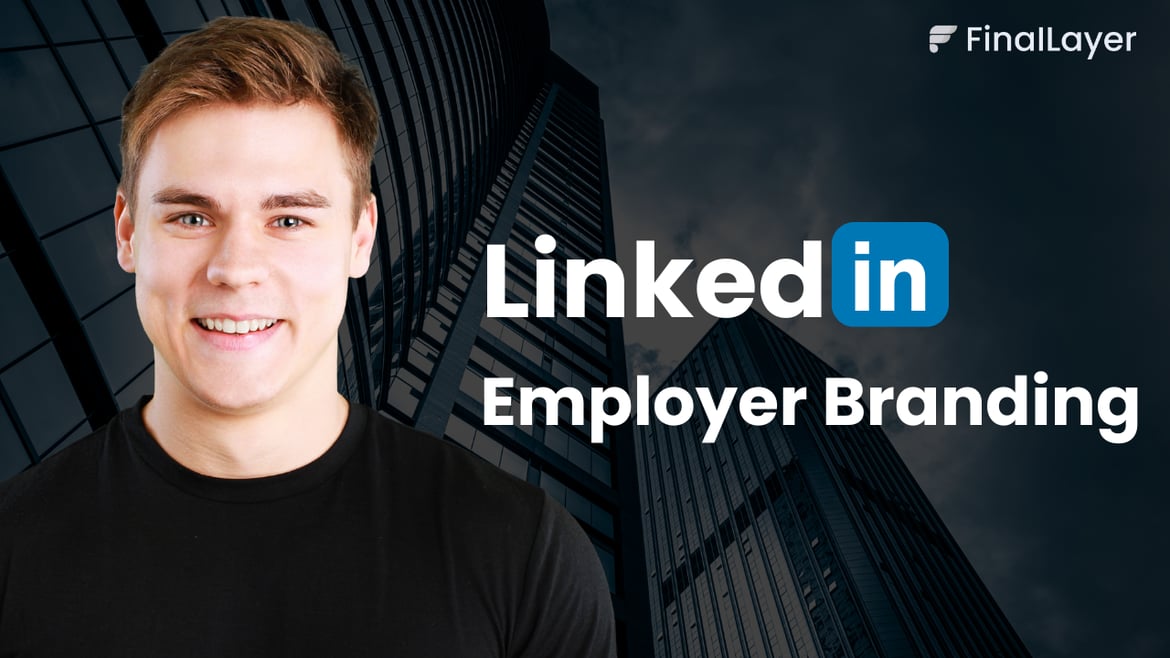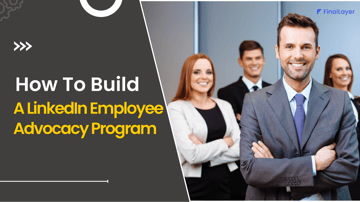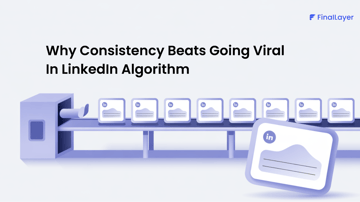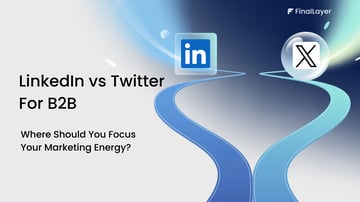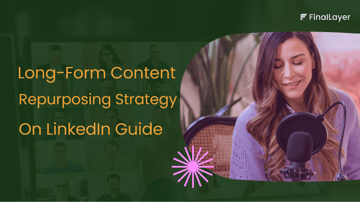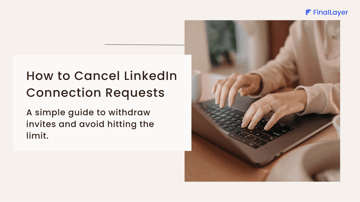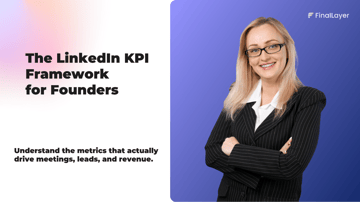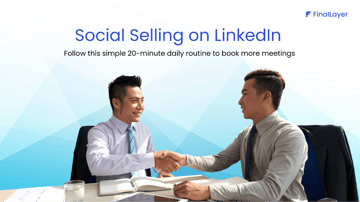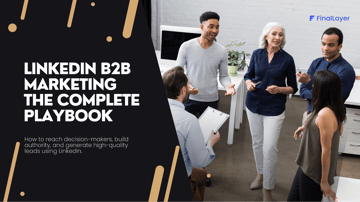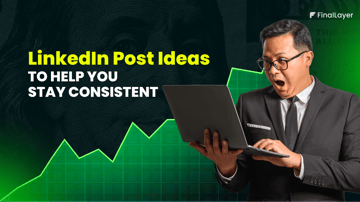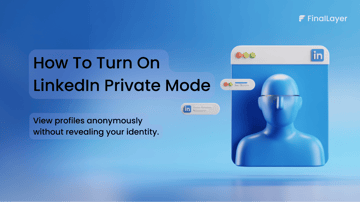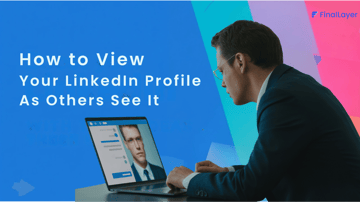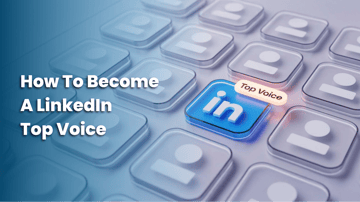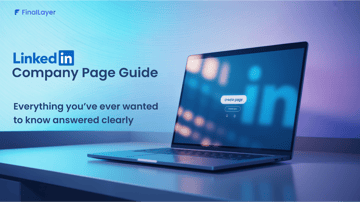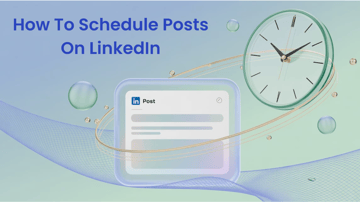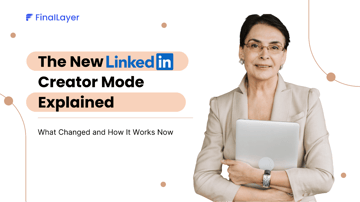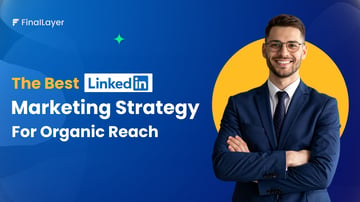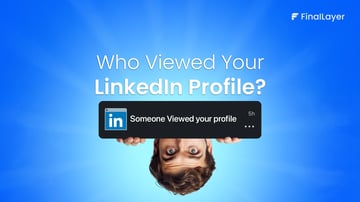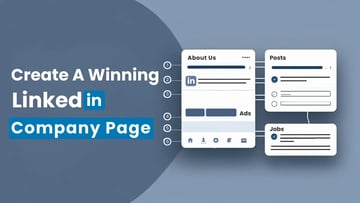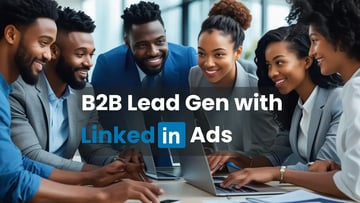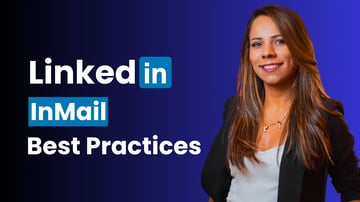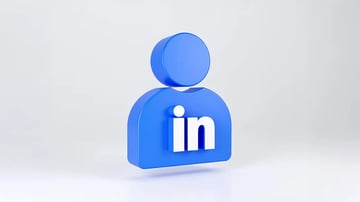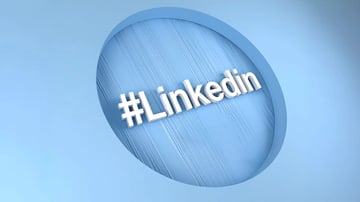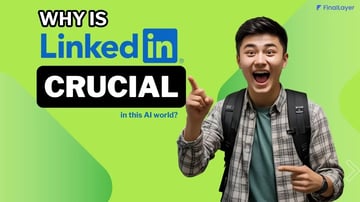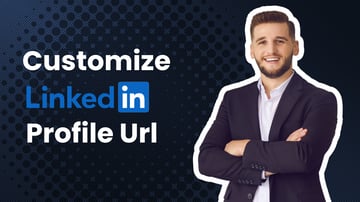You've mastered personal branding on LinkedIn and built a powerful professional network. You've learned to leverage Sales Navigator to identify prospects and opportunities.
Now it's time to build your company brand parallel to your personal brand. While you're establishing your individual LinkedIn presence, your company's reputation on the platform is either attracting top talent to your competitors or driving them straight to your door.
The same principles that make your personal brand magnetic apply to employer branding, but with a crucial difference. Where personal branding focuses on individual expertise, employer branding requires creating an authentic narrative about your workplace culture.
This comprehensive guide reveals how to change your company's LinkedIn presence from a corporate broadcast channel into a talent magnet that attracts candidates who want to be part of your story.
What is LinkedIn Employer Branding and Why It Matters
LinkedIn employer branding represents the strategic intersection where your company culture meets talent acquisition. Unlike traditional recruitment methods that focus solely on job postings, employer branding creates a compelling narrative about what makes your organization unique as a workplace.
Understand it in this way when a software engineer searches for opportunities, they're not just looking for a job description. They want to understand your company's values, growth opportunities, and daily work environment. Your LinkedIn employer brand answers these questions before they even apply.
Research shows that 80% of job seekers consider company culture before accepting a job offer. This statistic highlights why your LinkedIn presence must go beyond polished corporate messaging to showcase the authentic beating pulse of your workplace culture.
Your employer brand encompasses several key components that work together to attract the right talent. These include your company culture showcase, employee value proposition, content strategy, employee advocacy programs, and measurement systems to track your impact.
Building Your Employer Brand Strategy Foundation
Creating a compelling employer brand requires laser-focused messaging that differentiates your company from competitors. The biggest mistake organizations make is trying to appeal to everyone by listing every possible benefit, which creates confusion rather than attraction.
Successful employer brands identify one primary value proposition and amplify it consistently across all LinkedIn content. For example, if your company excels at innovation, every piece of content should reinforce this theme through project highlights, employee achievements, and behind-the-scenes glimpses of your creative process.
Consider how different companies position themselves: A tech startup might focus on "cutting-edge innovation and rapid growth opportunities," while a healthcare organization might emphasize "meaningful work that saves lives and comprehensive support for work-life balance."
Understanding your target audience is crucial for effective messaging. A 24-year-old recent graduate will connect with career development opportunities differently than a 35-year-old senior professional looking for leadership roles. Your core message remains consistent, but the presentation adapts to different audience segments.
Internal stakeholders often want to add every possible benefit to your employer brand messaging, creating what experts call the "Christmas tree effect." Too many messages dilute your brand impact. Maintaining focus requires discipline to say "yes, we offer that, but first we're known for this."
Employee-Generated Content for Authentic Culture Representation
The most powerful LinkedIn employer branding content comes from employees sharing their authentic experiences. This approach can change your workforce from passive participants into active content creators and brand ambassadors.
Employee-generated content works because it provides genuine glimpses into your company culture that candidates can't find elsewhere. When a data scientist shares their excitement about a challenging project or when a marketing coordinator posts about their mentorship experience, these authentic moments create emotional connections with potential candidates.
Successful companies implement structured approaches to employee content creation. Some organizations create internal competitions where teams compete to create the most engaging LinkedIn content, with rewards for participation and recognition for outstanding contributions.
Project documentation represents another powerful strategy. Teams document interesting projects as they progress, attracting similar professionals who want to be part of innovative work. For example, an engineering team might share their journey developing a new product feature, highlighting both technical challenges and collaborative problem-solving.
Personal integration content shows how employees' personal lives intertwine with their work, creating authentic glimpses into your company culture. This might include posts about flexible work arrangements, professional development opportunities, or company events that reflect your values.
Building content communities requires infrastructure and support. Regular content strategy meetings, recognition programs, training resources, and celebration of employee achievements all contribute to sustained employee engagement in your employer branding efforts.
Creating Structured Employee Advocacy Programs
Share your insights about the topic by creating a LinkedIn post
How to build a powerful LinkedIn employer brand?
You will have a chance to edit later
A well-designed employee advocacy program amplifies your LinkedIn employer branding efforts while supporting individual employee personal brands. The key is balancing company messaging with personal authenticity.
Effective programs use a three-tier system. Tier 1 includes tool champions from marketing teams and key advocates who consistently contribute content to shared feeds. Tier 2 comprises active advocates who regularly engage with and share company content, often personalizing messaging to reflect their voice and expertise. Tier 3 encompasses your wider employee community who occasionally engage with major campaigns and announcements.
Content distribution requires collaboration with marketing teams to ensure a steady flow of shareable content. However, personalization options are crucial. Allowing advocates to modify captions and add personal perspectives maintains authenticity while supporting company messaging.
Training and development support advocacy program success. Organizations that invest in LinkedIn Learning pathways and internal training for personal brand development see higher participation rates and more effective advocacy efforts.
For instance, a technology company might provide monthly training sessions on LinkedIn best practices, offer content templates that employees can customize, and recognize top advocates in company newsletters. This approach creates a sustainable system that benefits both the company and individual employees.
Measuring advocacy impact involves tracking engagement rates on employee-shared content, reach and impressions generated by advocates, quality of hire metrics from advocacy-driven applications, and employee satisfaction with the program.
Developing an Inclusive and Authentic Employer Brand
Building an inclusive employer brand requires intentional practices that demonstrate your commitment to diversity, equity, and inclusion while maintaining authenticity in all communications.
Six key practices enhance inclusivity in your LinkedIn employer branding. First, encourage pronoun integration in employee profiles company-wide, demonstrating respect and inclusivity. Second, utilize LinkedIn's pronunciation tools to help create more welcoming interactions for employees with diverse backgrounds.
Third, focus on accessibility by adding alt text to images and ensuring content is accessible to all users. Fourth, ensure diverse representation in your LinkedIn content, featuring voices, experiences, and perspectives from across your organization. Fifth, maintain cultural sensitivity by being mindful of different cultural backgrounds and experiences. Sixth, commit to authentic storytelling by sharing real stories from employees across different demographics and roles.
Avoiding "employer branding" requires courage to be different. Companies that focus on creating generic "pretty pictures" and standard messaging fail to differentiate themselves. True authenticity means showing behind-the-scenes reality, sharing challenges alongside successes, highlighting unique aspects of your culture, and demonstrating genuine values through actions.
The goal is being willing to not appeal to everyone while attracting candidates who align with your actual culture and values. This approach leads to better cultural fit and higher retention rates.
Leadership's Role in Authentic Company Culture Communication
Executive leadership plays a crucial role in authentic employer branding by embodying and communicating company values consistently across all LinkedIn communications.
Leaders must clearly define and consistently communicate core values, cultural behaviors, growth mindset, and authentic leadership principles. Creating an environment where talent can flourish requires psychological safety where employees feel safe to take intelligent risks, an ownership mindset that encourages employees to act like owners.
For instance, a CEO might regularly share posts about learning from failures, highlighting specific examples of how the company supports innovation and risk-taking. This demonstrates a genuine commitment to these values rather than just stating them.
When leaders share authentic insights about challenges, decision-making processes, and company growth, they create genuine connections with both current employees and potential candidates.
Conclusion
LinkedIn employer branding success depends on the authentic representation of your company culture combined with strategic, focused messaging that differentiates your organization from competitors. The most effective approach balances corporate objectives with genuine employee experiences, creating compelling narratives that attract candidates who align with your values. So, start with clear objectives, develop sustainable systems, and commit to long-term consistency in your LinkedIn employer branding efforts.
